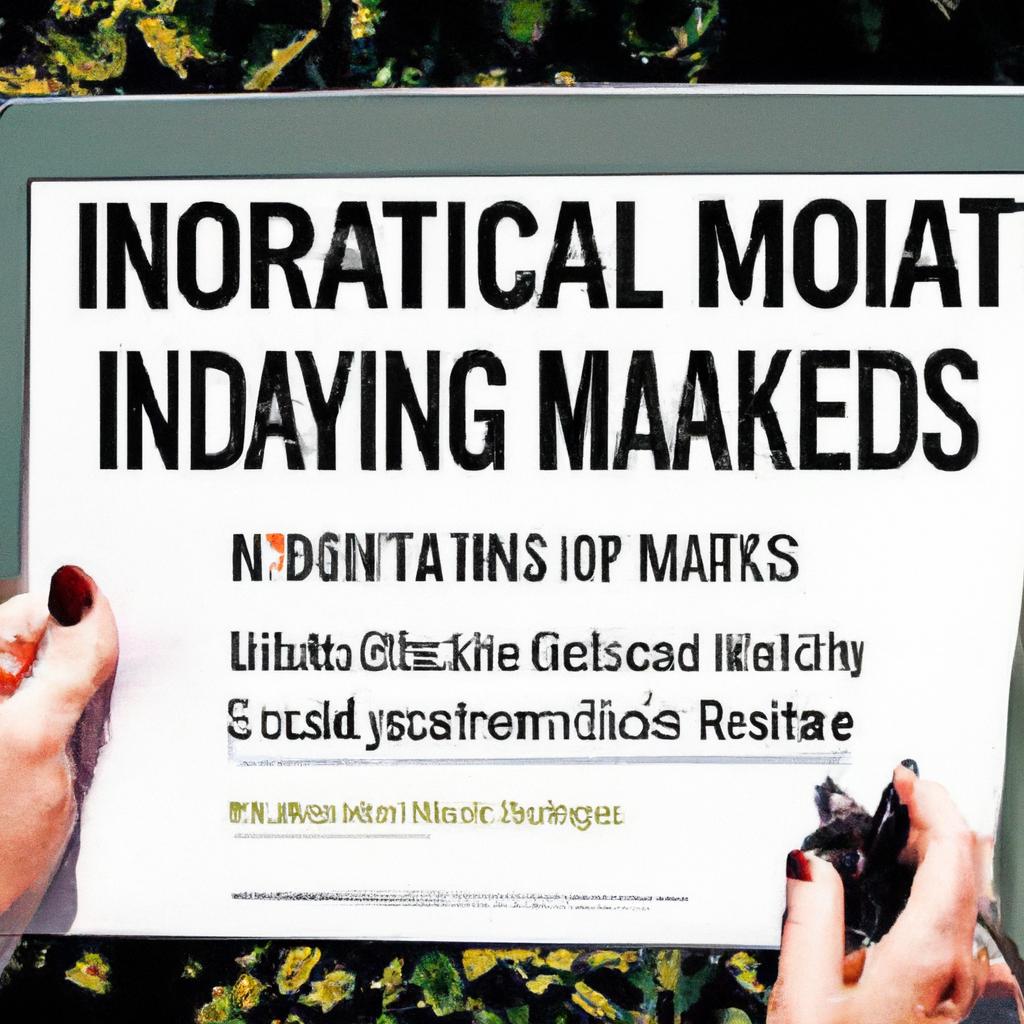
Email Marketing for Nonprofits: Strategies and Tips
In the digital age, email marketing has become an essential tool for nonprofits looking to connect with supporters and further their missions. Whether you’re working for a small grassroots organization or a well-established charity, mastering the art of email marketing can help you reach a wider audience, increase donations, and build lasting relationships. In this article, we’ll explore some key strategies and tips to help your nonprofit craft effective email campaigns that resonate with your audience and drive impact.
Table of Contents
- Crafting Engaging Email Content for Nonprofit Campaigns
- Segmenting Your Audience for Maximum Impact
- Utilizing Calls-to-Action Effectively in Nonprofit Email Marketing
- Analyzing Data to Optimize Nonprofit Email Campaigns
- Q&A
- The Way Forward
Crafting Engaging Email Content for Nonprofit Campaigns
When it comes to nonprofit email campaigns, crafting engaging content is key to reaching and connecting with your audience. Your emails need to stand out in a crowded inbox and inspire action from your supporters. Here are some strategies and tips to help you create compelling email content for your nonprofit campaigns:
- Know your audience: Tailor your content to resonate with your target audience. Consider their interests, demographics, and motivations when crafting your emails.
- Personalize your emails: Use recipient’s names and past interactions to create customized messages that feel more personal and relevant.
- Include a clear call to action: Make it easy for recipients to know what action you want them to take, whether it’s donating, volunteering, or sharing the email with others.
Segmenting Your Audience for Maximum Impact
Understanding your audience is crucial for the success of your nonprofit’s email marketing campaigns. By segmenting your audience based on various criteria, you can tailor your messages to resonate with different groups of supporters. This targeted approach allows you to maximize the impact of your emails and increase engagement with your audience.
Here are some ways to segment your audience for maximum impact:
- Demographics – Consider factors such as age, gender, location, and income level.
- Interests – Segment your audience based on their interests, such as volunteering, fundraising, events, or specific causes.
- Donation History – Tailor your messages based on previous donation amounts and frequency.
- Engagement Level – Identify supporters who regularly open and click on your emails for targeted messaging.
Utilizing Calls-to-Action Effectively in Nonprofit Email Marketing
One key strategy for maximizing the impact of your nonprofit email marketing campaigns is to utilize calls-to-action effectively. By incorporating clear and compelling CTAs in your emails, you can encourage recipients to take specific actions that support your cause. Whether you’re looking to drive donations, increase event attendance, or grow your volunteer base, crafting strong CTAs is essential.
When creating CTAs for your nonprofit emails, it’s important to keep a few key tips in mind. First, make sure your CTAs are clear and direct, using action-oriented language to prompt recipients to act. Additionally, CTAs should stand out visually in your emails, with bold colors and prominent placement. Finally, consider the placement of your CTAs within the email, ensuring they are easily accessible and strategically positioned to capture the reader’s attention. By implementing these tips, you can increase the effectiveness of your nonprofit email marketing campaigns and drive engagement with your cause.
| Tip | Description |
|---|---|
| 1. Clear and Direct Language | Use action-oriented language to prompt recipients to act |
| 2. Visual Standout | Use bold colors and prominent placement to make CTAs stand out |
| 3. Strategic Placement | Ensure CTAs are easily accessible and strategically positioned |
Analyzing Data to Optimize Nonprofit Email Campaigns
When it comes to optimizing nonprofit email campaigns, data analysis plays a crucial role. By closely examining the data from past campaigns, organizations can gain valuable insights into what works and what doesn’t. This information can then be used to fine-tune future email marketing strategies and increase the effectiveness of their campaigns.
One key strategy for analyzing data is to track important metrics such as open rates, click-through rates, and conversion rates. By monitoring these metrics, nonprofits can identify patterns and trends in recipient behavior, allowing them to tailor their emails for maximum impact. Another helpful tip is to segment email lists based on donor interests, demographics, or donation history. This personalized approach can lead to higher engagement and ultimately, better results for the nonprofit.
Q&A
Q: What is the importance of email marketing for nonprofits?
A: Email marketing for nonprofits is crucial for reaching and engaging with donors, volunteers, and supporters in a cost-effective and efficient manner.
Q: How can nonprofits effectively build their email lists?
A: Nonprofits can build their email lists by providing valuable content, promoting their sign-up forms on their website and social media, and partnering with other organizations for list exchanges.
Q: What are some key strategies for creating engaging and effective email campaigns?
A: Some key strategies include personalizing emails, segmenting your audience, using compelling subject lines, and incorporating strong calls to action.
Q: How can nonprofits ensure their emails are being opened and read?
A: Nonprofits can ensure their emails are being opened and read by sending emails at optimal times, optimizing for mobile devices, and analyzing and iterating on their email performance.
Q: What are some best practices for measuring the success of an email campaign?
A: Best practices for measuring success include tracking open rates, click-through rates, conversion rates, and overall engagement metrics. It’s also important to A/B test different elements of your emails to optimize performance.
The Way Forward
In conclusion, mastering the art of email marketing for nonprofits requires a combination of strategic thinking, compelling content, and unwavering dedication. By implementing these tips and strategies, you can effectively engage your audience, increase donations, and ultimately make a greater impact in the world. Remember, personalized messaging, clear calls to action, and consistent communication are key to success in the digital realm. So go forth, dear nonprofit warriors, and may your emails inspire, educate, and mobilize change in ways you never thought possible. Happy emailing!


